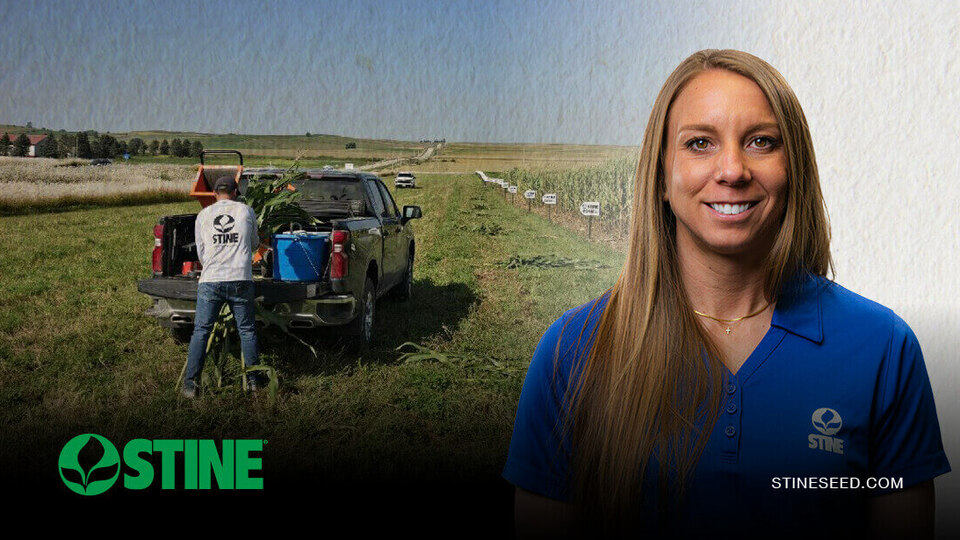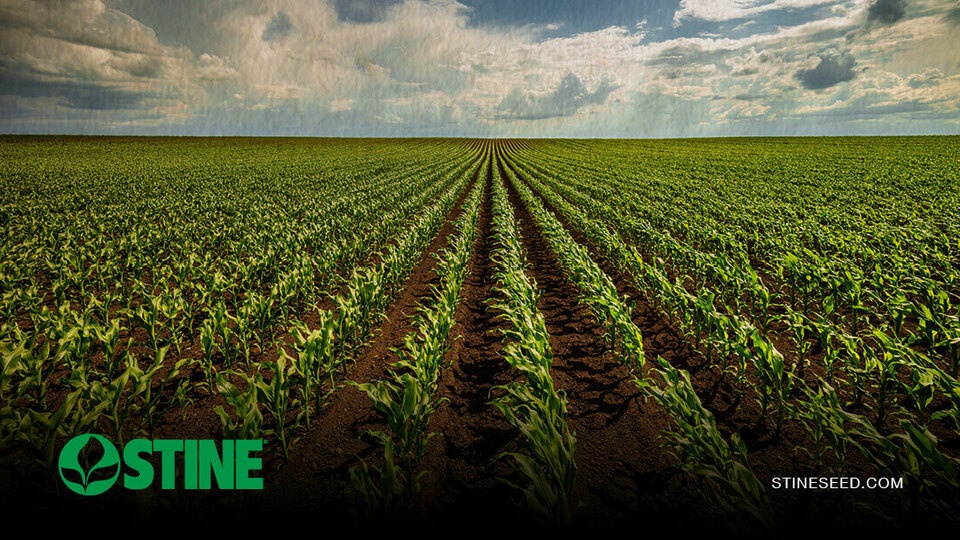The long hours of difficult work during harvest can take a toll on farmers and their equipment. Before harvest begins, give yourself a head start. Properly preparing your machinery can save hours of lost productivity, prevent damage and extend the lifecycle of your equipment.
Though growers in some regions may have already started harvesting, preventive maintenance throughout the season can benefit you and your budget in the long run. Here are some tips on preparing your equipment for a successful harvest.
Prioritize
Few farmers can set aside two or three days to inventory each piece of machinery and make necessary repairs. Start by prioritizing the equipment you use daily or will need to use at the start of harvest. Consider the issues you may have faced during harvest last year. Does your tractor battery drain quickly or grain cart have a tire with a slow leak? Make a schedule or set aside two hours one afternoon a week for the month leading up to harvest to address the problem pieces and clean your equipment.
Check Your Engines
If your combine has been sitting idle for the summer season, it may be a good idea to charge the battery. You’ll also want to check and clean the posts and cables around the battery to ensure they’re not worn down or carrying a heavy load of grime that can impede them from working properly. If you’ve noticed your tractor engine starting with difficulty, performing differently or burning through fuel, it’s a good idea to take a deeper look or consult a machinery mechanic.
Clean It Up
Cleaning your equipment is imperative before running it through the dirt and dust of harvest season. Did you know that combine and tractor fires result in more than $20 million in property losses each year, not to mention the loss in time? In fact, 75 percent of all machinery fires begin in the engine. Think of this chore as an investment in properly functioning machinery instead of the alternative — a drain on financial resources after a fire or failure.
Clean engines run safely and efficiently. A pressure washer can help remove caked-on grease and dust that bogs down your machinery and could cause a fire. Additionally, use this time to replace cracked or leaking hoses.
Put Safety First
Inspecting equipment before and during harvest goes a long way to ensuring broken and clogged machinery won’t cause fires or accidents. Cracked hoses and leaking fuel lines can put farmers’ lives at risk. So, too, can burned out lightbulbs. Whether you’re operating machinery late into the night or driving down busy roads, make sure the headlights, taillights and signals on your tractor are visible and working properly.
Consider the Weather
Each harvest comes with unique challenges, one of which is the weather. Plenty of precipitation leading up to harvest not only makes it difficult to tread through soggy fields, but grain also becomes wetter and heavier. Heavy grain may not flow smoothly through machinery and could cause clogs. It’s important to clean your equipment before harvesting, but farmers may also need to clean and check it during harvest. You’ll also want to ensure your grain bins are cleaned, free of pests and don’t have holes that could allow the elements to leak in, making the drying process all the more difficult.
For more tips on preparing your equipment for harvest, contact your local Stine regional sales agronomist or independent sales rep.



